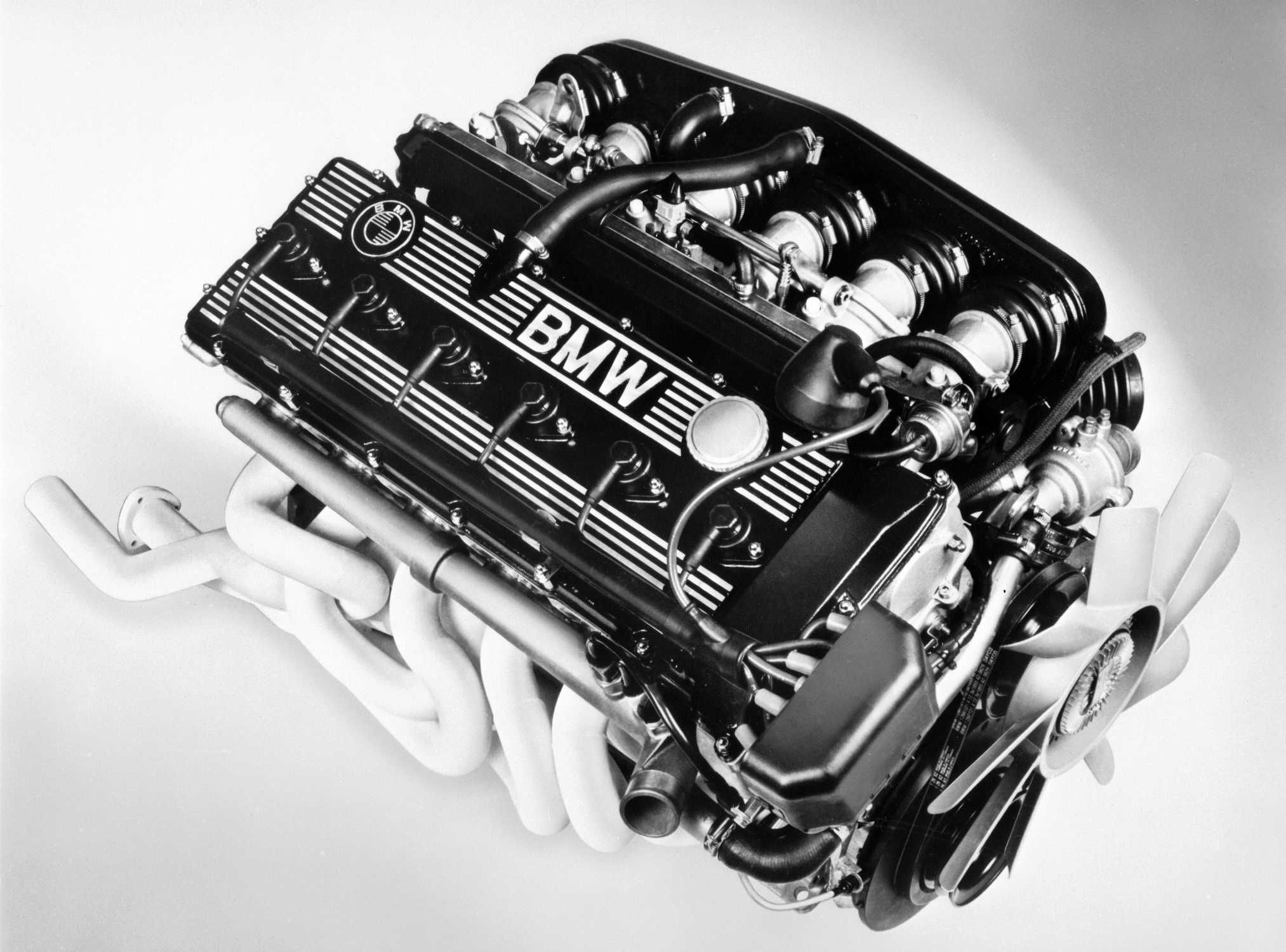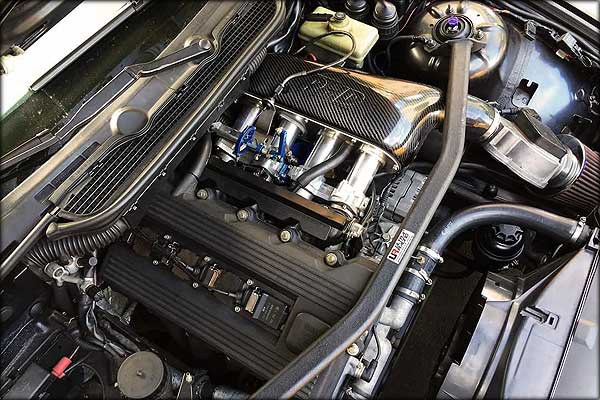Exploring the Evolution of Combustion Engines in Modern Transportation Equipments
As we browse the landscape of modern transportation, the development of combustion engines stands as a testament to human ingenuity and design prowess. From their simple starts to the innovative giants propelling vehicles today, burning engines have actually undertaken an impressive trip of technology and adjustment. Recognizing the ins and outs of this development not just drops light on the past however likewise paves the way for envisioning what exists in advance in the world of transportation innovation. The interplay of background, modern technology, and ecological issues fit the trajectory of combustion engines develops a story that is both engaging and insightful.
Early Beginnings of Combustion Engines
Just how did the idea of combustion engines initial arise in the beginning of transport advancement? The roots of burning engines can be traced back to the 17th century when the principles of inner burning were very first checked out. In 1673, Christian Huygens conceptualized a basic inner combustion engine that made use of gunpowder to generate power. It wasn't till the late 19th century that useful applications of burning engines in transportation started to arise.
The advancement minute included the development of the first effective gasoline-powered engine by Karl Benz in 1885 - bmw engine. This engine led the way for the development of the modern-day vehicle, reinventing transport systems worldwide. Subsequent advancements by Nikolaus Otto and Gottlieb Daimler better refined combustion engine innovation, bring about the mass production of vehicles and the fast development of the transport industry
These early combustion engines were defined by their simplicity and effectiveness, laying the foundation for the complicated and powerful engines used in modern transportation systems. The evolution of burning engines has actually contributed fit the means we take a trip and deliver products, marking a considerable milestone in the history of transport growth.
Change to Internal Burning Innovation
The transition to internal burning modern technology marked a critical shift in the advancement of transport systems. This shift began in the late 19th century, with inventors like Nikolaus Otto and Gottlieb Daimler developing the initial effective interior combustion engines. These engines revolutionized transport by using a much more effective and reliable option to heavy steam engines and electrical motors.
One of the key benefits of interior combustion engines was their ability to be reduced to fit into cars, leading to the growth of autos and motorbikes. This change from large, stationary engines to portable, mobile ones led the way for the modern transport systems we see today.
The shift to inner combustion technology additionally stimulated improvements in fuel innovation, leading to the growth of gasoline and diesel as main gas sources for lorries. This shift not just made transportation a lot more accessible to the masses however additionally laid the foundation for the oil and gas sector to become important to international economic situations.
Impact of Combustion Engines on Transport
The fostering of combustion engines in transportation systems militarized a profound shift in the performance and rate of worldwide flexibility. Combustion engines reinvented transport by offering a trusted and versatile source of power for different lorries, including cars, vehicles, aircrafts, and ships. This advancement dramatically enhanced the capacity for people and products to relocate over lengthy distances in much shorter timespan, resulting in enhanced connection in between areas and countries.
In addition, the widespread usage of burning engines has had a substantial influence on financial growth. The capability to transport items efficiently has actually spurred profession and commerce, enabling organizations to expand their markets and reach consumers worldwide. This has actually assisted in economic growth and globalization, as products can now be transferred faster and in larger amounts than ever in the past.
Nonetheless, the environmental impact of combustion engines can not be forgotten. The burning of fossil gas has resulted in air pollution and greenhouse gas exhausts, adding to climate adjustment and presenting health and wellness risks to populaces. bmw engine. Therefore, there is a growing focus on establishing alternative propulsion technologies to minimize these unfavorable effects and develop a much more lasting future for transportation
Developments in Burning Engine Style
One noteworthy innovation is the development of turbocharged engines, which utilize exhaust gases to drive a generator that presses inbound air, permitting for even more gas to be burned, resulting in raised power result without a significant increase in engine size. Variable shutoff timing systems have actually likewise transformed engine style by maximizing airflow at different engine rates, enhancing both power and efficiency. These technologies collectively contribute to the continuous improvement of burning engines in contemporary transportation systems.
Future Trends in Burning Engine Advancement
With innovation advancements driving continual advancement, the future of combustion engine advancement is poised to change transport systems worldwide. One of the he said crucial patterns in burning engine advancement is the push in the direction of higher efficiency and minimized discharges. Manufacturers are spending heavily in r & d to boost engine performance while meeting rigid environmental laws. This includes the assimilation of sophisticated gas shot systems, enhanced turbocharging approaches, and using lightweight products to optimize gas consumption and lower carbon discharges.
An additional popular pattern is the fostering of hybrid innovations in burning engines. Hybrid engines integrate standard burning technology with electric power, using boosted fuel effectiveness and reduced exhausts. As the automotive industry changes in the direction of electrification, crossbreed burning engines are seen as a transitional service that connects the void in between conventional cars and completely electrical ones.
In addition, the integration of wise innovations, such as fabricated knowledge and data analytics, is expected to play a significant role in the future of combustion engine development. These innovations can enhance engine performance in real-time, causing a lot more reliable burning procedures and improved general automobile efficiency. Welcoming these future patterns will certainly not just drive advancement in burning engine growth yet additionally add to an extra ecologically pleasant and navigate to this website sustainable transportation ecological community.

Conclusion
In verdict, the evolution of combustion engines in modern transportation systems has been marked by significant innovations in modern technology and layout. From the very early starts of combustion engines to the shift to internal burning technology, these engines have actually had a profound impact on transportation.
The roots of combustion engines can be traced back to the 17th century when the principles of interior combustion were initial discovered. These engines reinvented transportation by supplying a much more efficient and effective option to steam engines and electrical motors.
